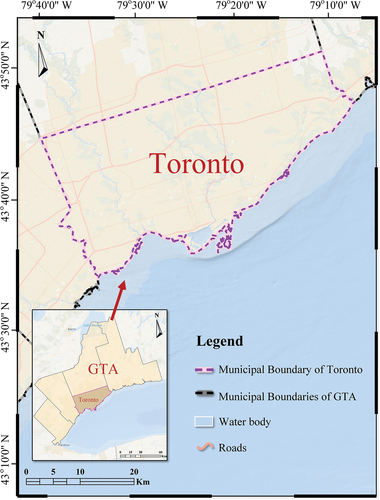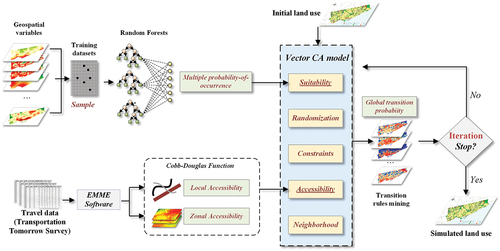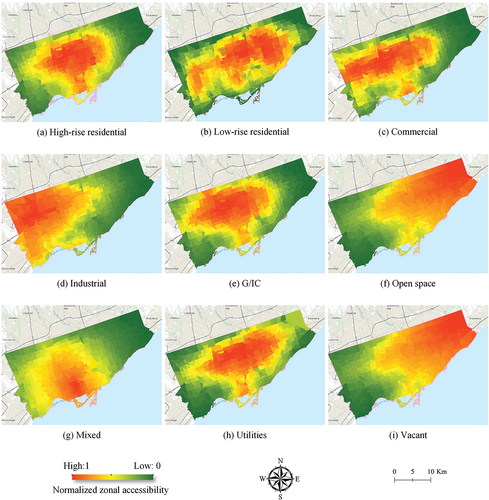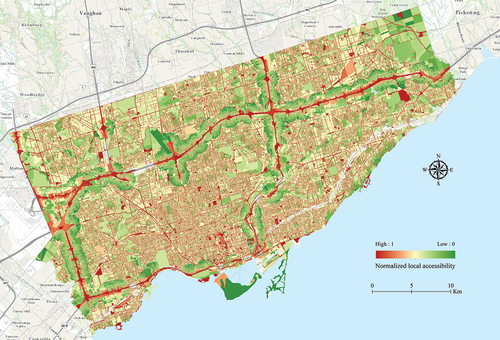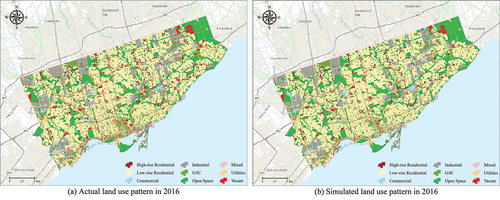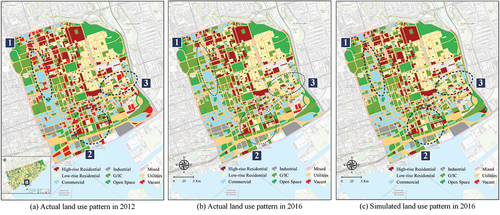Figures & data
Table 1. Reclassification and generalization of land use categories.
Figure 2. Spatial patterns of auxiliary geospatial variables. All variables were normalized into the range of 0–1.
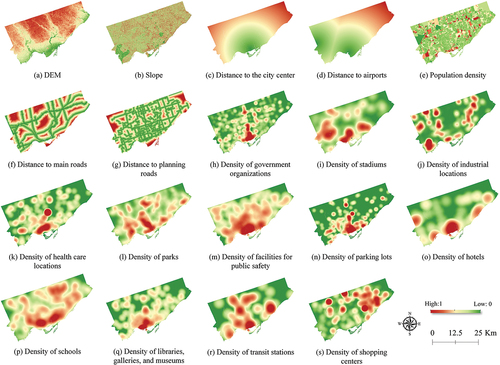
Table 2. List of auxiliary geospatial variables used in the study.
Table 3. The calibrated parameters of local accessibility in this study.
Table 4. Calibrated parameters for zonal accessibility, Cobb–Douglas function, RFA formulation, and neighborhood interaction in the A-VCA model.
Table 5. The actual and simulated proportions of land use changes in the City of Toronto and downtown Toronto.
Table 6. Accuracy assessment and model comparisons for urban land use simulation.
Table 7. Sensitivity of land parcel size to the model performance.

